A world of wild contrasts
The most obvious contrast is between the annual seasons. The same lake where people come to swim and sail in summer forms a perfect skating rink or skiing arena in the winter. Warm, light summer nights gradually lengthen, until the snow settles and the late dawn merges colourfully into the early sunset during the midwinter season known to Finns as kaamos.The country’s population is concentrated in the south, especially around the Helsinki region, which is home to about a million people. At the other end of the country lie the vast unpopulated forests and fells of arctic Lapland.
But the scenery also changes on a smaller scale. Water is never far away. Dense forests always await somehwhere nearby. And there is also sure to be open bog or farmland within easy reach. All of these landscapes are part of Finland’s varied natural scene.
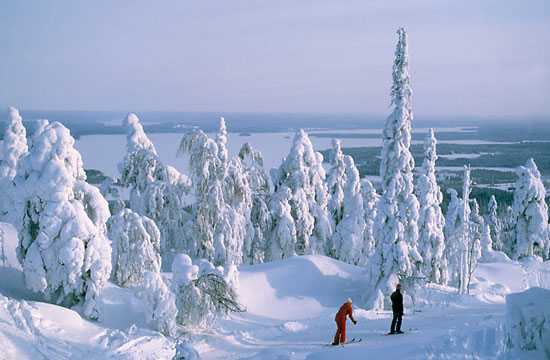
In
midwinter most of Finland is usually covered by snow and ice. In
February, the coldest month, average temperatures are around -7ºC in the
south and -13ºC in the north. Photo: Finnish Tourist Board (FTB)
A northern land
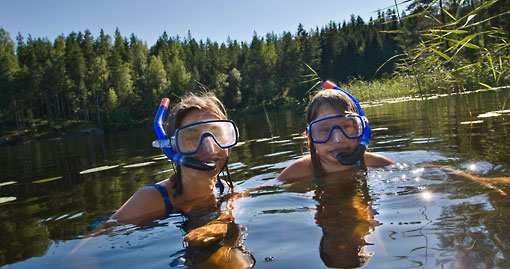
In
Southern and Central Finland the summers are warm enough for people to
bathe in lakes and also often along the shores of the Baltic Sea.Photo: Plugi/Petri Jauhiainen
Considering this location, you might think that the country consists of cold arctic landscapes roamed by polar bears. But the truth is fortunately quite different. The ocean current known as the North Atlantic Drift brings so much warmth to Finland that average temperatures in the south are around +5°C, and even up north they are only a couple of degrees below zero.
The winters are nevertheless so cold that every single lake freezes over during the coldest months. The coastal waters of the Baltic Sea also typically freeze over, and snow covers the ground for several months.
But on summer days, temperatures can rise up to 25 or even 30°C. The growing season for plants is still comparatively short, however, averaging just 3–4 months.
Over the ages, nature has adapted to Finland’s pronounced seasonal swings. Most of the country’s plants and animals lie dormant through the winter months, and three-quarters of bird species are migratory.
On the world map Finland also lies between east and west, and the climate combines continental influences from the east, and maritime influences from the Atlantic to the west.
This factor is also evident in Finland’s flora and fauna. Finland is home to species associated with the taiga of continental Eurasia, such as Ural owls and Labrador tea, as well as maritime species including many waders and water birds.
Varied landscapes
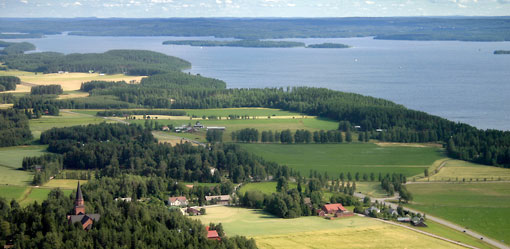
Key elements in Finland’s varied landscapes include forests and open waters, often in a scenic interplay.Photo: Plugi/Janne Eloranta
Eskers are not very high, seldom rising more than a hundred metres. Finland’s landscapes generally do not feature massive elements such as high mountains, steep sea cliffs or wide rivers. The scenery tends to be gentler, featuring subtle variety on a smaller scale.
The relief becomes higher heading eastwards and northwards. The greatest differences in altitude are in Lapland, where many fell-tops rise above the tree line.
Soils are generally thin, with an average depth to the bedrock of just seven metres, because of glacial erosion. The archaic mainly granitic bedrock is visible in many places as rounded and smoothed down rocky outcrops.
Because of the poor soils and the short growing season conditions for farming are not very favourable. By European standards the country is sparsely settled, with an average population density just a tenth of levels in Germany, Britain or Italy.
Forests and bogs
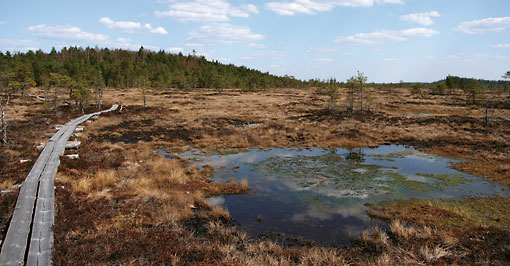
Successive
ice ages and the cold climate have led to the formation of a wide range
of peatland and wetland habitats around Finland.Photo: Plugi/Tuomas Heinonen
Forests are still natural in the sense that hardly any non-native trees have been planted. The dominant trees are Scots pine, Norway spruce and birches, though forests are also dotted with aspens, alders and rowans.
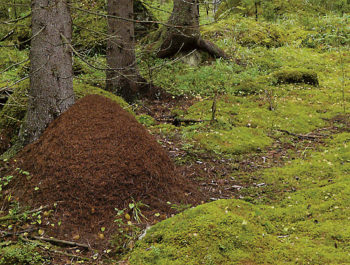
Impressive anthills are a common sight in Finland’s vast coniferous forests.Photo: Plugi/Toni Pihkanen
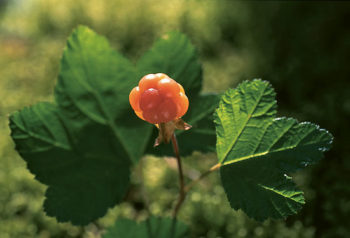
Cloudberries grow widely in the bogs of Central and Northern Finland.Photo: FTB/Pekka Luukkola
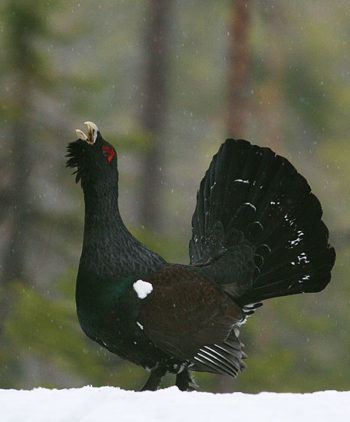
Four
kinds of grouse can be found in Finland’s forests and bogs:
capercaillie (pictured), black grouse, hazel grouse and willow grouse. A
fifth grouse – the ptarmigan – lives on Lapland’s open fells.Photo: FTB
Many forests are so damp and their soils are so peaty that they can be described as mires. Different kinds of mires cover about a third of Finland. About a sixth of this area consists of treeless bogs. About half of Finland’s mires have at some time been drained to improve timber production.
Forests and bogs are mainly owned by local farming families, who manage their forests and harvest timber according to fairly strict rules governing forestry practices. Finland does not have monotonous regimented forest plantations of a single tree species. Many foreign visitors mistakenly assume that Finland’s forests are completely natural, but the reality is that they have been continuously exploited in many ways for centuries.
About 8% of the country’s forests are protected. Most of the larger protected areas are in the north.
Water, water everywhere

All
regions of Finland have lakes, but the true Lake District is in the
east, where in many areas water covers more than a third of the land.Photo: Visit Finland/Terhi Ylimäinen
Even in the largest lakes, like Saimaa in the southeast, open waters are broken up by many islands and peninsulas. It’s not always easy to say where one lake ends and another begins.
The same is true of Finland’s intricate coastline, which features around 95,000 sea islands, most of which are small rocky skerries. Sailors say that the waters of the labyrinthine Southwestern Archipelago are some of the most navigationally challenging anywhere in the world.
The total length of the coastline has been measured at 40,000 kilometres, including the shores of islands. The lakeshores are even longer – totalling about 130,000 kilometres. This means that the country has approximately 32 metres of shoreline for every inhabitant. People are used to having open water always somewhere nearby.
This abundance of water is also good for birds. In the summertime huge numbers of wetland and water birds breed in Finland, including many duck and wader species, and huge cranes.
And of course wherever there’s water, there are also fish. Finland has 61 native fish species, mostly freshwater fish. One unusual feature is that many lake fish can also thrive in the coastal waters of the Baltic Sea, where salinity levels are low.
The arctic wilds of Lapland
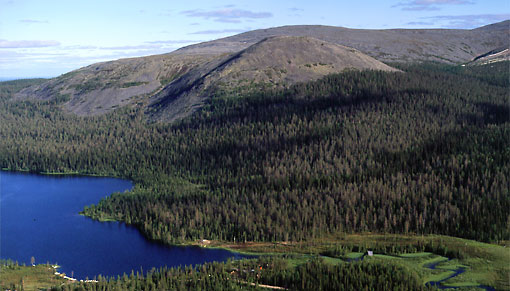
Lapland’s arctic fells have gently rolling profiles.Photo: Hannu Vallas
Lapland’s natural features include vast areas of wild forest, open fells, flora and fauna adapted to the harsh arctic conditions, and greater variations in relief than anywhere else in the country. Seasonal variations are also even more pronounced here. The deep snows and darkness of midwinter contrast dramatically with the light, mild summers of the Land of the Midnight Sun.
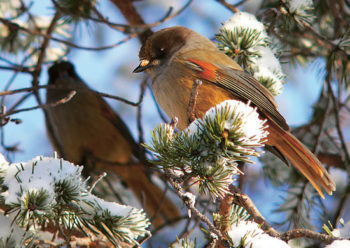
Inquisitive Siberian jays invariably appear whenever hikers stop for a picnic in Lapland.Photo: Plugi/Peter Forsgård
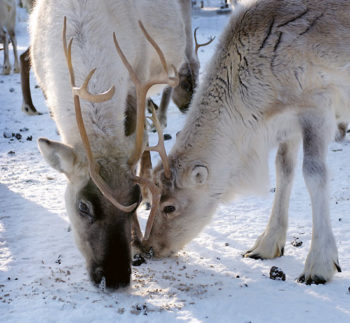
Semi-domesticated reindeer roam freely through the forests and fells, foraging for lichens and other food.Photo: FTB
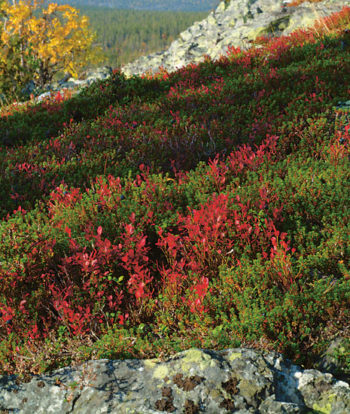
In mid September Lapland’s vegetation turns spectacular colours during a popular hiking season known to Finns as ruska.Photo: Plugi/Pentti Sormunen
Heading down the hillside, the first trees to be encountered are low mountain birches, interspersed with a few pines. Only below this sparsely wooded zone can true forests be found, dominated by pines or spruces. Open bogs can be found among the forests, including some very large bogs in low-lying areas.
Almost 30% of Lapland’s natural habitats are protected, including Finland’s largest national parks – three of which extend over more than 1,000 square kilometres. The traditional local livelihood of reindeer herding can be practised in almost all of Lapland’s protected areas.
Other traditional practices including hunting and fishing are still important in Lapland, alongside the more recently developed tourism industry.
Town and country
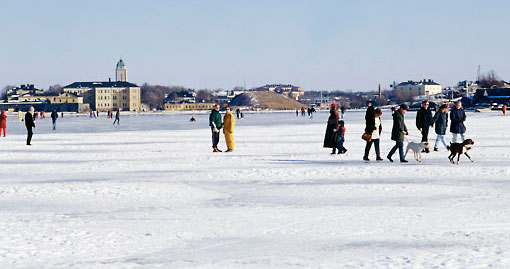
Towns
and cities are mainly small and low-rise, with no skyscrapers. In the
winter the locals love to get out onto the frozen sea, as they are doing
here outside Helsinki.Photo: City of Helsinki Media Bank/Matti Tirri
Almost every farm includes some areas of forest, as well as fields. The countryside is characterised by a patchwork landscape of forests and fields, also dotted with lakes.
Since soils and other physical conditions tend to be unfavourable, fields have only been created in the best possible locations, and they consequently tend to be small. The largest areas of open farmland can be found in SW Finland.
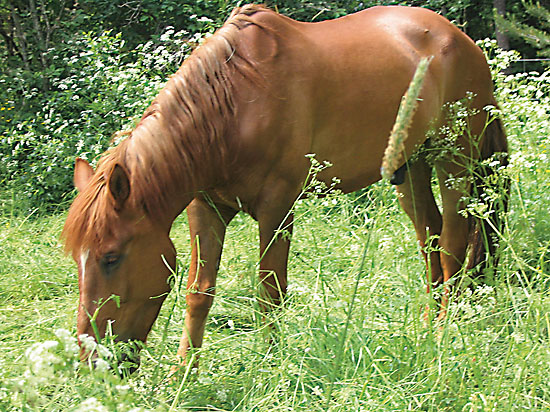
Traditional
Finnish landrace livestock breeds are still raised, though most
productive herds today consist of imported commercial breeds. The
Finnish horse is a docile breed, good for riding or pulling carts.Photo: Arto Repo
Nature has also successfully established a foothold in towns and cities, which by European standards are mainly small, and offer easy access to natural green areas. Few cities have larger landscaped parks, but almost all urban residential areas lie within a short walk of natural forests criss-crossed by footpaths, cycle paths and skiing trails.
Many towns also have waterside locations enabling residents to go swimming in the summertime within a stone’s throw of the town centre.
Living close to nature
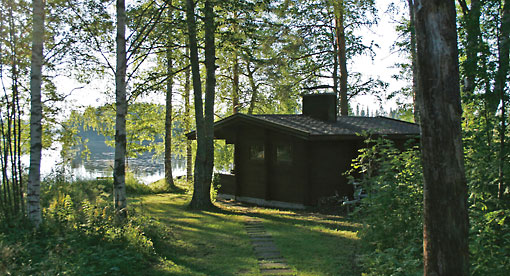
Holiday
homes are almost always located by a lake or the sea or on an island.
Even people who don’t have their own second home can rent such cottages
for a week or longer.Photo: Plugi/Helena Pitkänen
Heading off to the holiday home is a deeply rooted tradition among Finns. There are almost half a million second homes for a national population of just over five million. These retreats vary greatly in size and facilities. Older holiday homes tend to be small and modest, but more recently built cottages are true second homes, fitted with all modern conveniences. About half of the country’s holiday homes are habitable in winter.
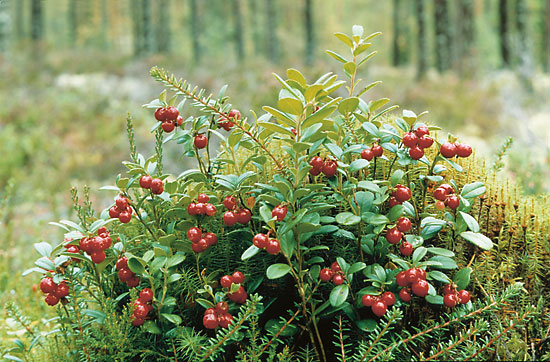
In
a good year up to 50 million kilos of wild berries are picked in
forests – about 10 kg per person. The most commonly picked berries are
bilberries, lingonberries and cloudberries. Mushrooms are also picked
widely.Photo: FTB
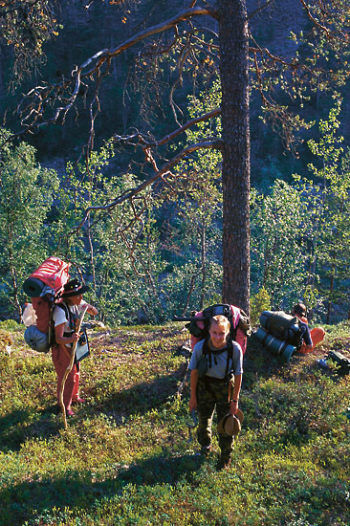
Finland’s
traditional right to roam the land allows everyone to camp out
temporarily in the great outdoors. To camp for longer periods or light a
fire, the landowner’s permission is needed.Photo: FTB/Pekka Luukkola
Finland’s 37 national parks, with their extensive networks of trails, are vey popular among hikers. Most of these parks are fairly small, less than 100 km2, and their primary purpose is to protect nature and biodiversity.
In addition to these national parks, Finland also has many other kinds of protected areas, including the wilderness areas of Lapland and mire protection areas. The first nature reserve was established in 1916 up in the high hills in the northwestern corner of Finnish Lapland.
Northern wildlife
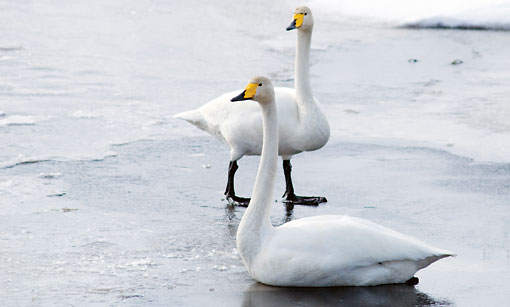
Finland’s
national bird, the whooper swan, owes its survival to nature
conservationists. Its numbers have increased from just 15 pairs in the
1950s to more than 5,000 pairs today. These graceful swans are now a
common sight on Finland’s lakes again.Photo: Plugi/Pentti Sormunen
Relieved of the massive ice sheet, the land began to rise gradually, alternately opening up and closing natural waterway connections. When the vast Saimaa Lake System, in SE Finland, was cut off from the Baltic Sea, salmon and ringed seals were also marooned, and they have survived in the lake to this day.
Other Finnish wildlife specialities include arctic animals and species associated with coniferous taiga forests. The fells of the far north are still home to the critically endangered arctic fox, which may vanish altogether from Finland if the climate warms. Another rare and exotic inhabitant of Finnish Lapland is the pure white snowy owl.
Finland is particularly well endowed with owls. Ten species can be found here, also including great grey owls and hawk owls.
Another exotic animal, the flying squirrel, makes its home across most of mainland Southern Finland wherever there is enough undisturbed mixed forest.
One of the country’s most impressive four-legged residents is the elk. Elk can be seen anywhere in Finland, where they thrive so well that due to the scarcity of their natural predators they must be hunted to control their numbers.
Where predators prowl
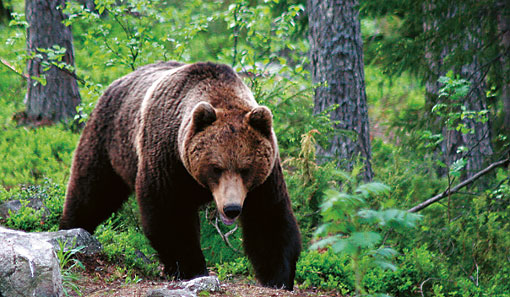
Bears
roam throughout Finland, but are commonest in the country’s eastern
borderlands, where several local firms run bear-watching excursions.Photo: Plugi/Jorma Leskelä
Finland’s predators have not always had it so good, however. They used to be widely persecuted here, as in other countries, especially in the 1800s and early 1900s. Persecution has since declined, but conflicts still arise at times, especially in Lapland, where wild predators often kill reindeer. Wolverines particularly have a bad reputation in this respect.
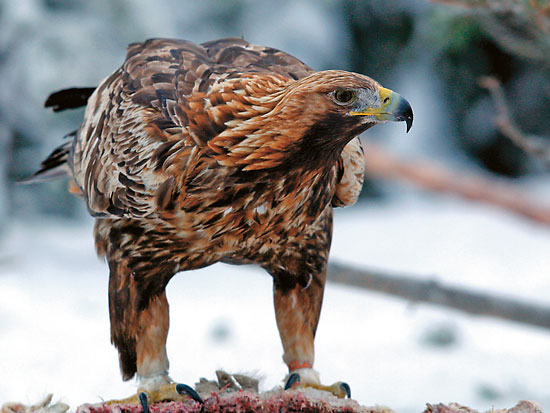
Golden
eagles and other birds of prey are no longer persecuted in Finland.
This change in attitude is partly because reindeer herders are today
paid compensation scaled according to the numbers of eagles successfully
breeding in each herding district.Photo: Plugi/Lassi Kujala
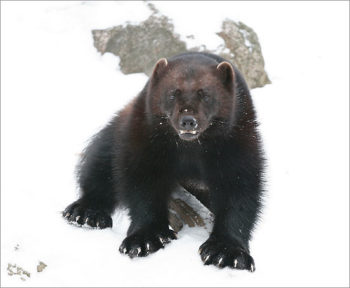
The
wolverine is Europe’s rarest large carnivore. Wolverines are well
adapted to northern climes, and able to move around easily even in deep
snow.Photo: Plugi/Timo Saloranta

More
lynx live in Finland today than at any time in the last hundred years.
They have even been seen in Helsinki’s suburban fringe.Photo: FTB
But anyone out walking in the forests is very unlikely to see any of these animals. All four species are wary of people, and seek to avoid us whenever possible. The best way to see them is to join a guided wildlife watching excursion. This typically involves spending the night in a simple hide out in the forest.
Many birds of prey have also become more common in recent times. Numbers of white-tailed eagles, for instance, have soared since the 1970s to about 1,000. These majestic birds today occupy some 300 breeding territories around Finland.
By Eeva-Liisa Hallanaro, M.Sc., Environmental Expert
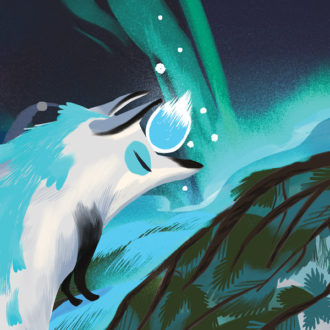

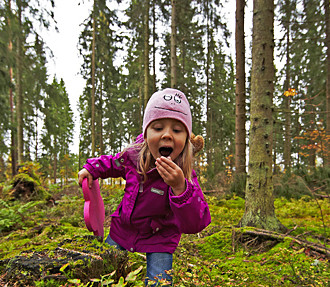
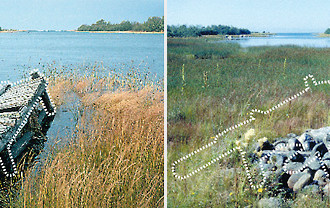
No comments:
Post a Comment